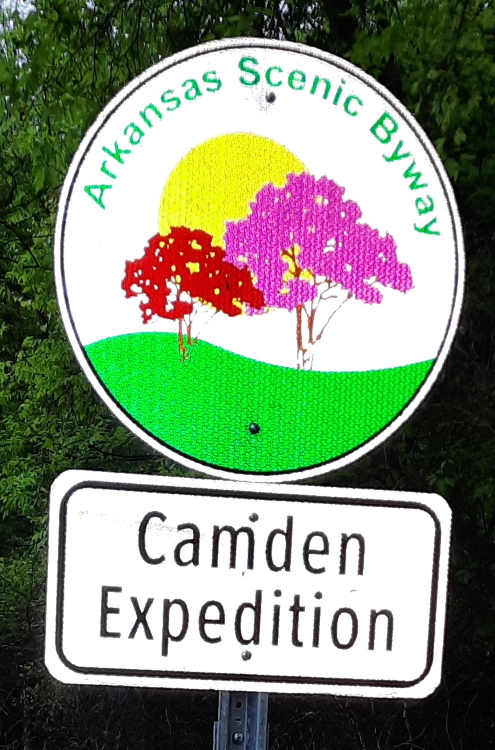Summary
March 23, 1864. Maj. Gen. Frederick Steele left Little Rock at the head of 8,500 Union troops to link with a larger Union Force at Shreveport, Louisiana, with plans to invade cotton-rich eastern Texas. Around 4,500 men of Brig. Gen. John M. Thayer's Frontier Division left Ft. Smith to join Steele's forces in Arkadelphia by April 1.
The Route
▷ The Little Rock Arsenal was both the beginning and ending point for Union troops in the Arkansas Red River Campaign of 1864.
In addition to the troops headed to the Red River, other troops were dispatched as a distraction toward Mount Elba, which we will visit when in Cleveland County.
In addition to the troops headed to the Red River, other troops were dispatched as a distraction toward Mount Elba, which we will visit when in Cleveland County.
▷ MacArthur Museum, Little Rock ARBegin at the MacArthur Museum of Arkansas Military History, 503 E 9th Street, Little Rock. Behind the building are two markers, "The Camden Expedition" and "The Arsenal Crisis". The "Tower Building" at the Arsenal location is the last remaining building from the Civil War era.
▷ Exit MacArthur Park, E 9th St, Little Rock ARFrom the park, turn left (westward) onto 9th Street and go about one-half mile to Broadway Street/US 70. The Scenic Highway is Arkansas 5 from Little Rock to Benton; we will take the route that most-closely combines Arkansas 5 with the path followed by the Union Army.
▷ W9th St and Broadway, Little Rock ARTurn left (southward) onto Broadway Street and go about a half-mile to West 17th Street.
▷ Broadway & West 17th St, Little Rock ARTurn right (westward) onto West 17th Street for about 5 blocks, including a swing to the left (southwestward) then back to the right (westward). West 17th becomes Wright Avenue at Chester Street.
▷ West 17th Street becomes Wright Avenue, Little Rock ARContinue westward on Wright Avenue for about 1.0 mile.
▷ Wright Avenue becomes Asher Avenue, Little Rock ARContinue southwestward for about 2.5 miles when Wright Avenue becomes Asher Avenue.
▷ Asher Avenue becomes Colonel Glenn Rd, Little Rock ARContinue westward for about 2.2 miles when Asher becomes Colonel Glenn Road/Arkansas 5.
▷ Colonel Glenn Rd merges to Old Stage Coach Rd, Little Rock ARMerge left (southwestward) onto Colonel Glenn Road/Arkansas 5 for about 1.65 miles.
▷ David O. Dodd Elementary School, 6423 Stagecoach Rd, Little Rock ARDavid O. Dodd Elementary School is at 6423 Stagecoach Road. Continue westward another mile.
▷ Approximate locationAbout 10 miles from the start of the route, near the intersection of Stagecoach Road and I-430, is the location of the Ten Mile House. Continue westward on Stagecoach Road/Arkansas 5 for 7.1 miles.
▷ Arkansas 5 at Arkansas 183, Bryant ARAt the Arkansas 183 junction, continue westward on Arkansas 5 another 3.5 miles We'll be back here when we approach the end of the Campaign's route.
▷ Arkansas 5 becomes Military Rd just north of I-30 at Benton ARJust north of I-30 at Benton, Stagecoach becomes Military Road.
▷ This brings us to the next point of interest, Benton Road.
Google Maps
Show my location on map
At the popup, you must allow your web brower (not us) to know your location.
Your location should update every 5 seconds.
This brings us to the next point of interest, Benton Road.
The Camden Expedition Marker
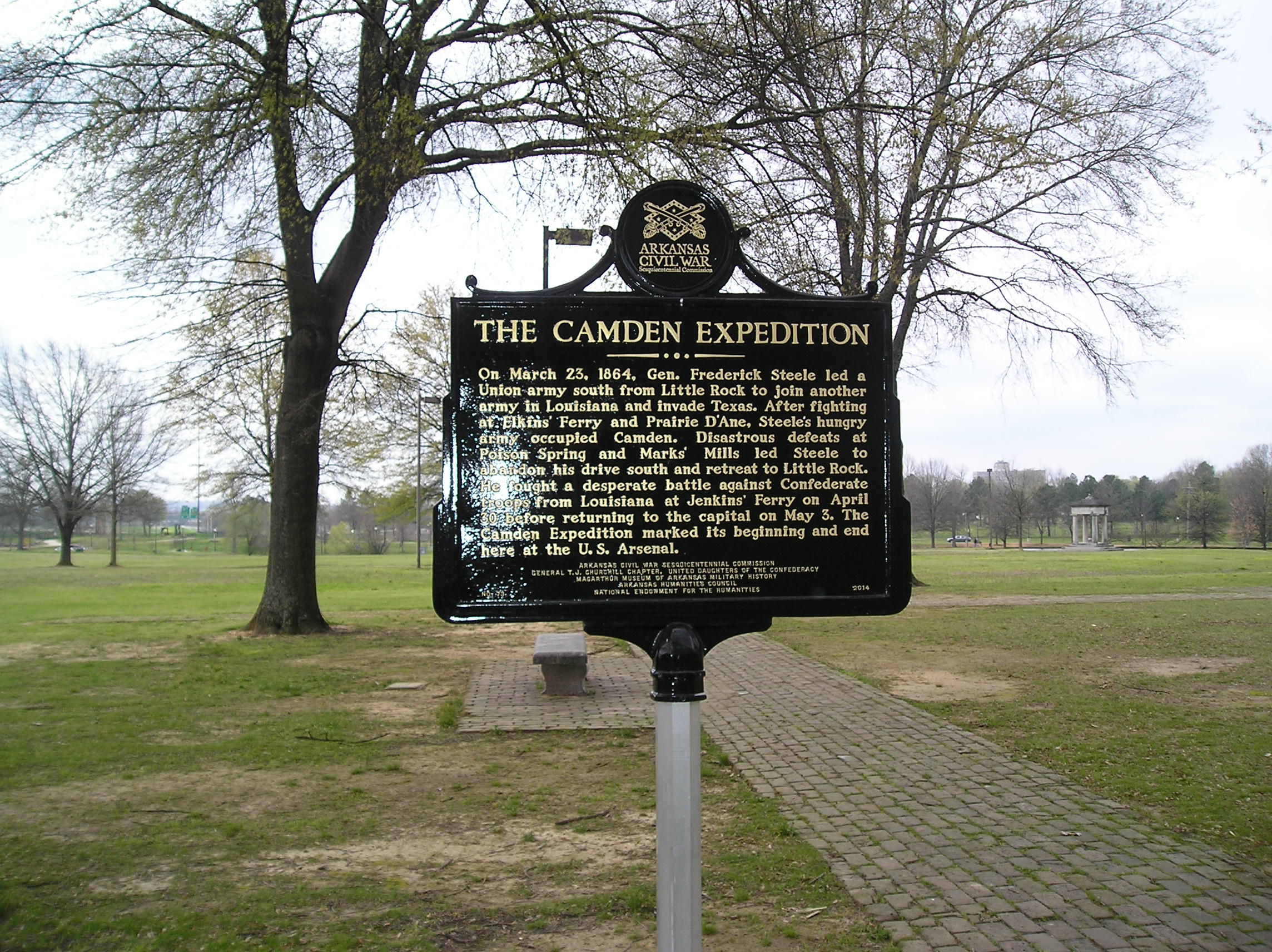
On March 23, 1864, Gen. Frederick Steele led a Union army south from Little Rock to join another army in Louisiana and invade Texas. After fighting at Elkins' Ferry and Prairie D'Ane, Steele's hungry army occupied Camden. Disastrous defeats at Poison Spring and Marks' Mills led Steele to abandon his drive south and retreat to Little Rock. He fought a desperate battle against Confederate troops from Louisiana at Jenkins' Ferry on April 30 before returning to the capital on May 3. The Camden Expedition marked its beginning and end here at the U. S. Arsenal.
The text of the marker summarizes the main events of the Arkansas portion of the Red River Campaign, best known as the Camden Expedition. Now a quiet park with the MacArthur Museum of Arkansas Military History housed in the remaining building of the U. S. Arsenal, the site gives little hint of its turbulent and historic past.
Photo by Peggy Lloyd
The Arsenal Crisis Marker
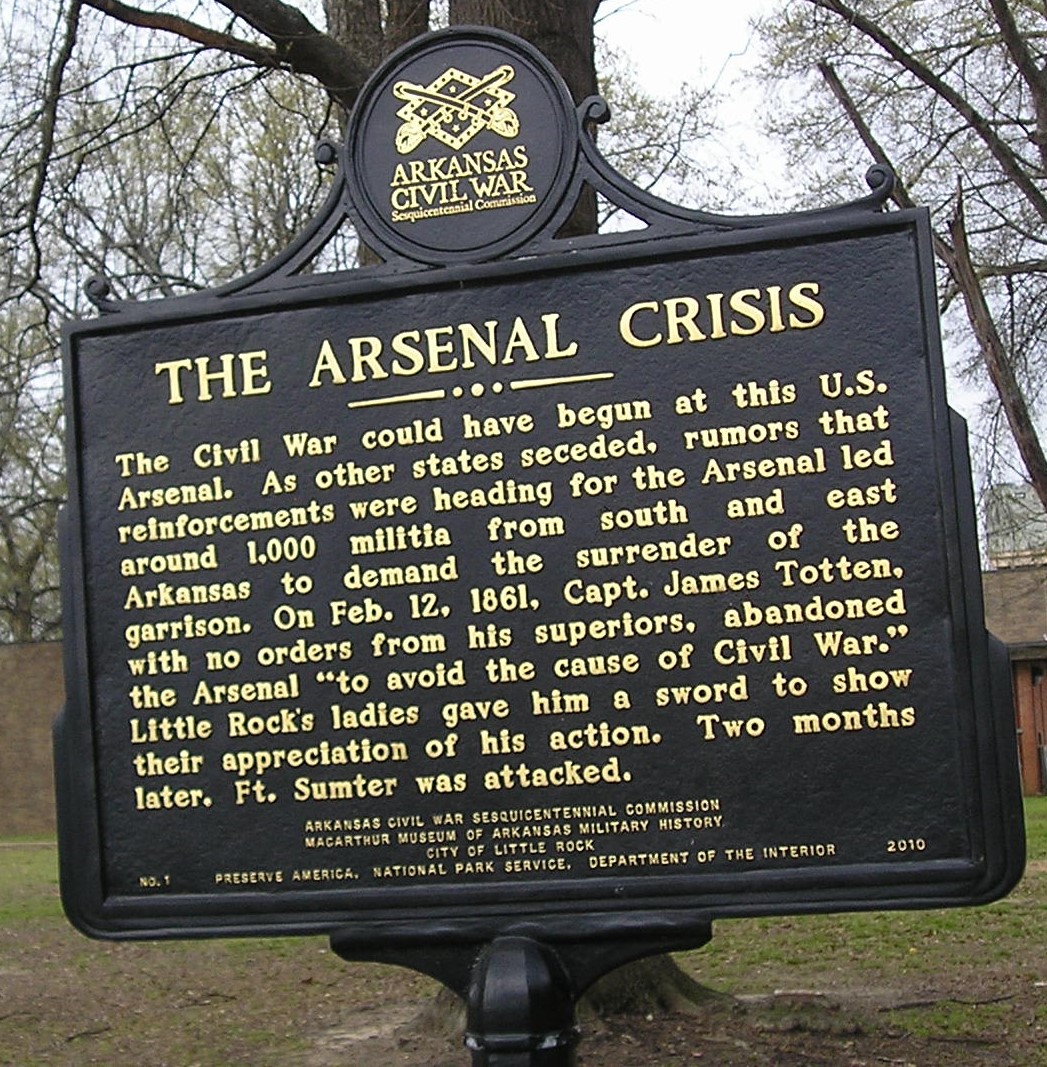
The Civil War could have begun at this U.S. Arsenal. As other states seceded, rumors that reinforcements were heading for the Arsenal led around 1,000 militia from south and east Arkansas to demand the surrender of the garrison. On Feb. 12, 1861, Capt. James Totten, with no orders from his superiors, abandoned the Arsenal "to avoid the cause of Civil War." Little Rock's ladies gave him a sword to show their appreciation of his action. Two months later, Ft. Sumter was attacked.
The Arsenal marker outlines the abandonment of the Arsenal by the U. S. Army in 1861. It was recaptured in September 1863.
Photo by Peggy Lloyd
Tower Building at Little Rock Arsenal
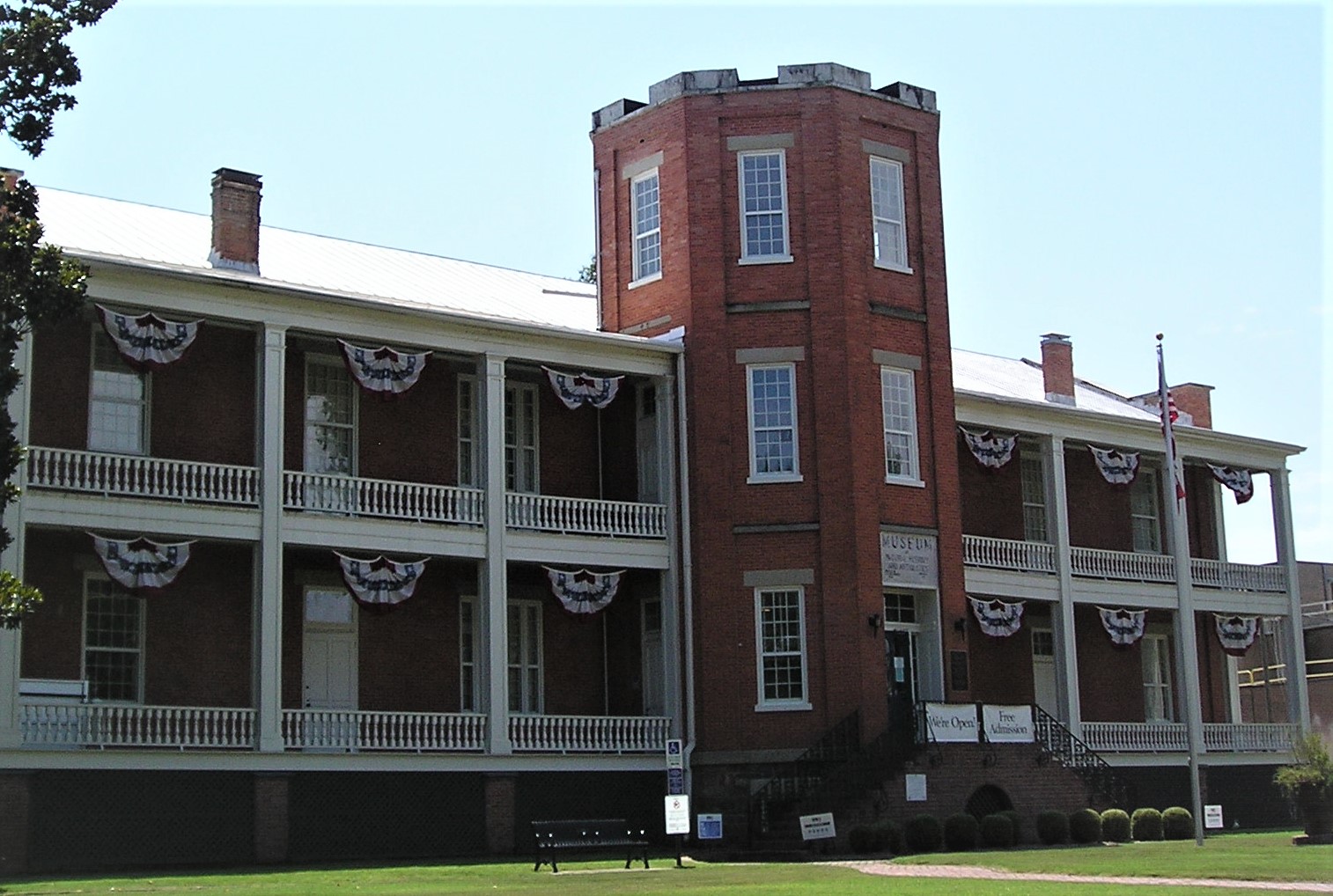
U.S. Military icon General Douglas MacArthur was born January 26, 1880, at the Little Rock Barracks Tower Building. His parents---Captain Arthur MacArthur, Jr., a career U. S. Army officer and Civil War veteran, and his wife---were posted at the Little Rock Arsenal at the time of their son's birth. The name MacArthur Park was adopted in 1942 to honor the General's service in World War II.
Photo by Peggy Lloyd
David O. Dodd Elementary School

The David O. Dodd Elementary School at 6423 Stagecoach Road is named for the 'Arkansas Boy Martyr of the Confederacy'. Seventeen-year-old David O. Dodd was arrested and held near there on December 29, 1863. He was convicted of being a spy and hanged on the grounds of St. John's School near the Arsenal on January 8, 1864, in bitterly cold winter weather. His execution was less than three months before the start of the spring offensive that would come to be known as the Camden Expedition.
Photo by Peggy Lloyd
Ten Mile House
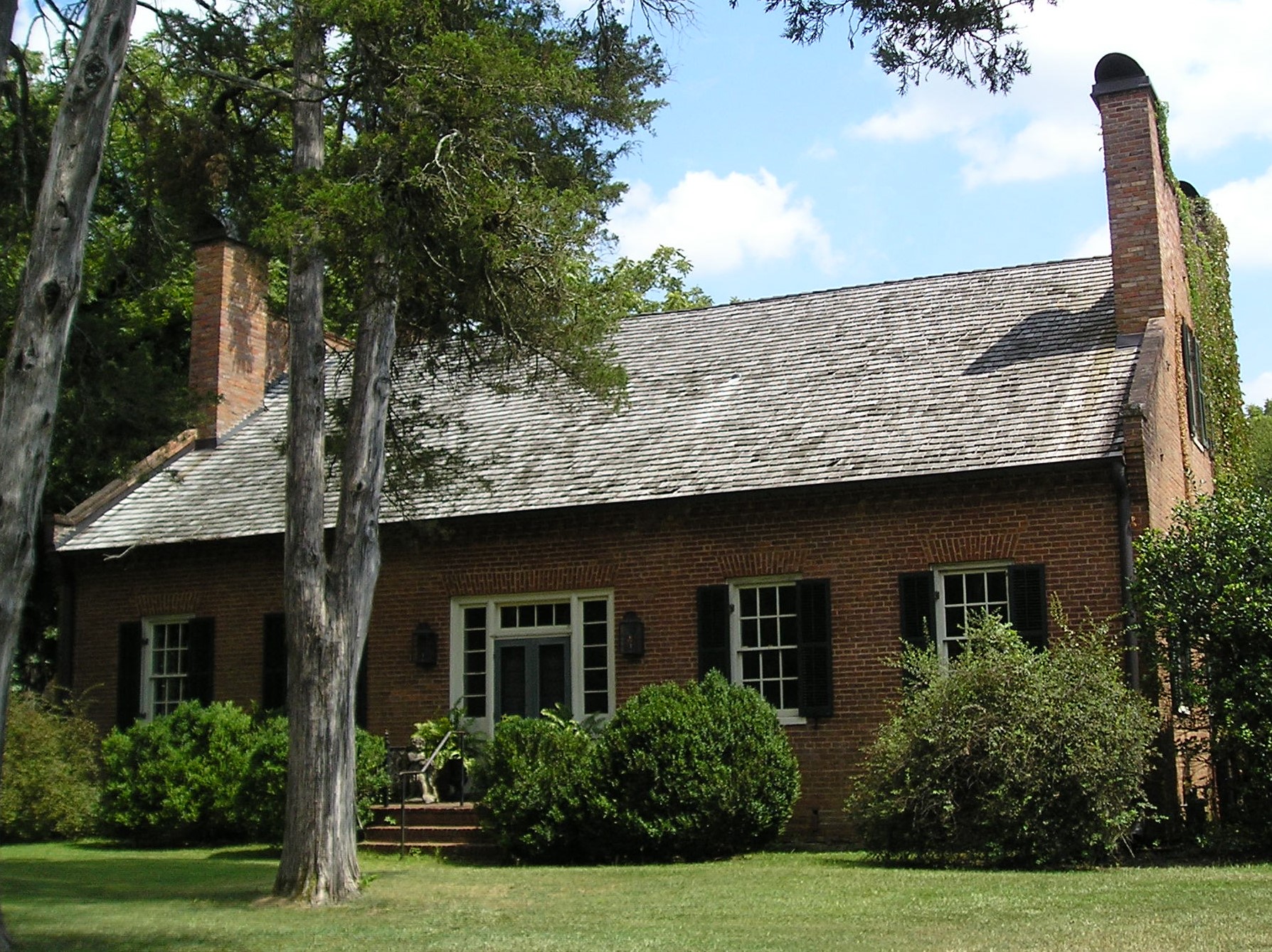
A short distance to the southwest of the school is the Ten-Mile House, which served as a Union outpost ten miles from Little Rock in 1863. The first skirmish of the Camden Expedition, a minor one, also occurred near Ten-Mile House, probably near or just on the other side of I-430.
Photo by Peggy Lloyd
Up Next
This brings us to the next point of interest, Benton Road.
